Home>diy>Building & Construction>How To Build Up Soil Around House Foundation
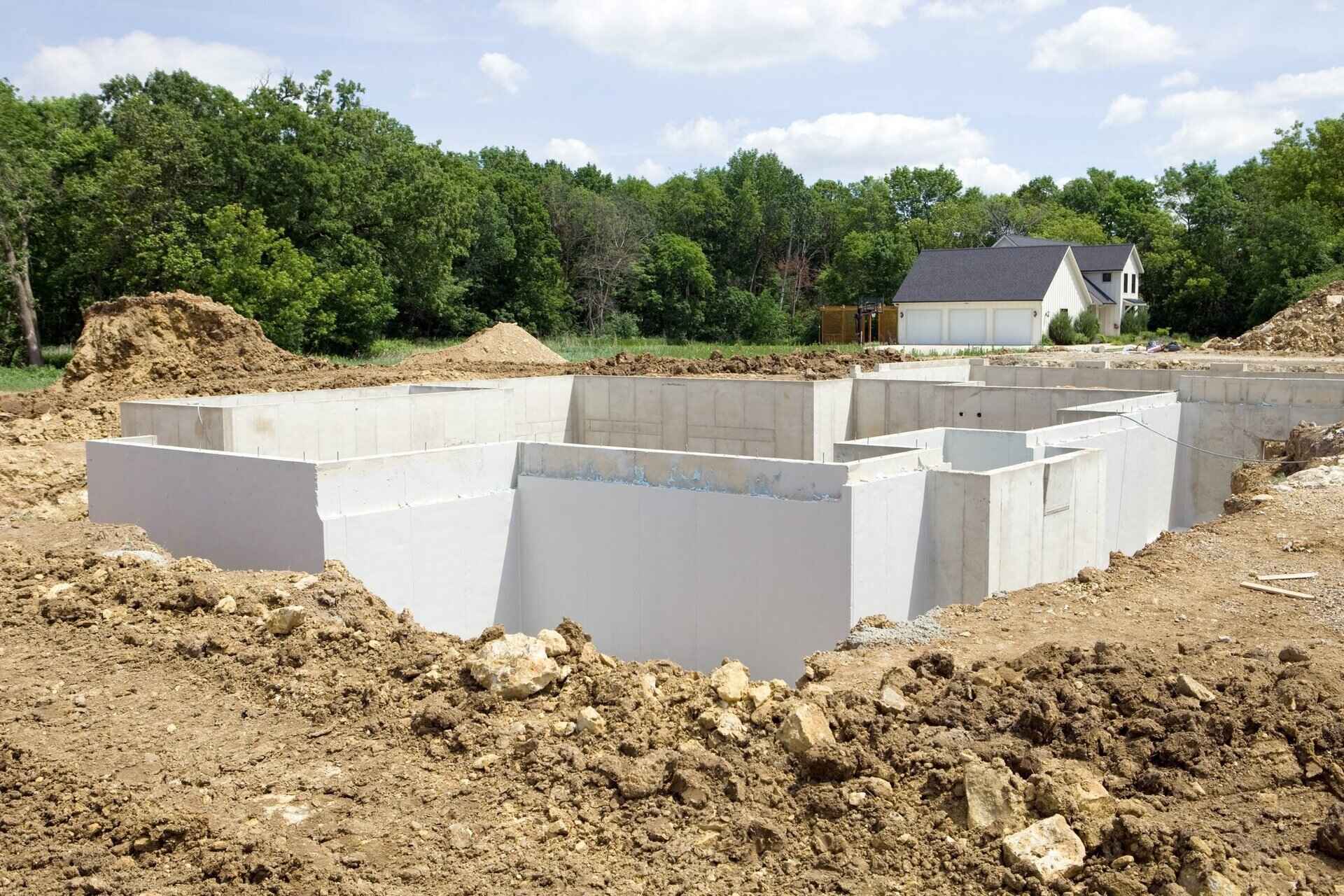

Building & Construction
How To Build Up Soil Around House Foundation
Modified: May 6, 2024
Learn how to build up soil around your house foundation to ensure proper drainage and prevent structural issues. Our expert tips and guidance will help you with your building construction project.
(Many of the links in this article redirect to a specific reviewed product. Your purchase of these products through affiliate links helps to generate commission for Storables.com, at no extra cost. Learn more)
Introduction
Building up soil around the house foundation is a vital step in maintaining the structural integrity of a building. This process involves adding soil around the foundation walls to create a slope away from the house. While it may seem like a simple task, it plays a crucial role in preventing water damage, improving drainage, and preventing foundation issues.
In this article, we will explore the reasons why building up soil around the house foundation is essential and provide a step-by-step guide on how to do it correctly. We will also discuss the necessary tools and materials needed, tips for proper soil build-up, and potential issues and their solutions.
Properly building up soil around the foundation can help protect your home against common issues like water infiltration, moisture damage, and foundation settling. It also helps to redirect water away from the foundation, reducing the risk of basement flooding and structural damage.
It is important to note that building up soil around the foundation is typically done during the initial construction phase or during renovations. If your home has inadequate soil around the foundation or lacks proper grading, it is essential to address this issue as soon as possible to prevent additional damage.
Now let’s dive into the reasons why building up soil around the house foundation is necessary and learn how to do it effectively.
Key Takeaways:
- Building up soil around the house foundation is essential for proper drainage, preventing water damage, minimizing soil erosion, maintaining structural integrity, and enhancing property aesthetics.
- To ensure successful soil build-up, prepare the area, choose the right type of soil, follow the step-by-step process, use essential tools and materials, and address potential issues promptly.
Reasons for Building Up Soil around House Foundation
Building up soil around the house foundation offers several important benefits that contribute to the overall health and stability of your home. Let’s explore these reasons in detail:
1. Proper Drainage:
One of the primary reasons for building up soil around the house foundation is to ensure proper drainage. When soil is sloped away from the foundation, it helps divert water away from the structure, preventing water from pooling around the foundation walls. This is crucial as excessive moisture can lead to foundation damage, including cracks or even shifting.
2. Preventing Water Damage:
By creating a slope with the soil, you can prevent water from seeping into the basement or crawl space. Water infiltration can cause significant damage to the foundation, leading to mold and mildew growth, wood rot, and structural instability. Proper soil build-up acts as a barrier, keeping water away from the foundation and protecting your home from water-related issues.
3. Minimizing Soil Erosion:
Building up soil around the house foundation helps reduce soil erosion. Without a proper slope, rainwater can wash away soil from around the foundation, leaving it exposed and vulnerable to damage. By adding and compacting soil around the foundation, you create a protective layer that minimizes erosion, ensuring the stability and longevity of your home.
Read more: How To Build A Foundation For A House
4. Maintaining Structural Integrity:
The soil surrounding the house foundation acts as support for the foundation walls. If the soil is inadequate or the grading is incorrect, it can put unnecessary pressure on the foundation, potentially causing cracks or settlement. Building up soil around the foundation provides additional structural support, distributing the weight evenly and reducing the risk of foundation issues.
5. Enhancing Property Aesthetics:
In addition to the functional benefits, building up soil around the house foundation can enhance the appearance of your property. It allows for better landscaping opportunities, creating a more visually appealing and cohesive look for your home. Properly graded soil also facilitates the growth of vegetation and plants, improving the overall curb appeal of your property.
Now that we understand the importance of building up soil around the house foundation, let’s move on to the next section and learn how to prepare the area for soil build-up.
Preparing the Area for Soil Build-up
Before you can begin building up soil around the house foundation, it is crucial to properly prepare the area. This involves a few essential steps to ensure a successful and long-lasting soil build-up process. Let’s explore these steps in detail:
1. Clear the Area:
Start by removing any existing vegetation, debris, or obstacles around the foundation. Trim back any plants, bushes, or trees that may interfere with the soil build-up process. Clearing the area will provide a clean and accessible surface to work with.
Read more: How To Build A Foundation For A Tiny House
2. Address Existing Drainage Issues:
Take this opportunity to inspect the current drainage system around your home. Ensure that gutters and downspouts are functioning correctly and directing water away from the foundation. If you notice any issues, such as clogged gutters or improper downspout placement, address them before proceeding with the soil build-up.
3. Identify the Desired Slope:
Determine the slope angle you want to create around the foundation. Ideally, the soil should slope away from the house at a minimum gradient of 2% (1/4 inch per foot). This gentle slope will ensure proper water runoff and prevent water from pooling against the foundation walls.
4. Mark the Slope:
Using stakes and string, mark the slope around the foundation. Place the stakes at regular intervals and tie string between them to create a visual guide for building up the soil. This will help ensure a consistent slope throughout the area.
5. Excavate the Area:
Using a shovel or excavator, begin removing soil from the higher areas within the marked slope. Aim to create a level surface along the foundation walls before gradually sloping the soil away from the house. Be careful not to damage the foundation or any underground utilities during the excavation process.
6. Compact the Soil:
After excavation, use a hand tamper or a plate compactor to compact the soil evenly. Compact the soil in layers to ensure stability and prevent settling. Compact until the soil is firm and resistant to compression, but be cautious not to over-compact, as this can lead to drainage issues.
By following these preparatory steps, you will set a solid foundation for building up soil around the house foundation. Once the area is properly prepared, you can move on to choosing the right type of soil for the build-up process.
Choosing the Right Type of Soil
When it comes to building up soil around the house foundation, selecting the right type of soil is crucial for optimal results. The soil should have the right characteristics to promote proper drainage, stability, and support for the foundation. Here are some factors to consider when choosing the right type of soil:
1. Well-Draining Soil:
Choose soil that has good drainage properties. Ideally, it should be a loamy or sandy soil composition that allows water to pass through easily. Avoid clay soils, as they tend to retain water and can lead to poor drainage and potential foundation issues. If you have clay soil, consider mixing it with sand or organic matter to improve its drainage capabilities.
2. Compaction Properties:
Opt for soil that can be easily compacted. The soil should be firm enough to hold its shape when compacted but not too compacted to hinder water infiltration. Sandy loam soil is often a good option as it provides a balance between compaction and drainage.
3. Stability and Cohesion:
The selected soil should be stable and cohesive, allowing it to retain its shape and withstand erosion. Avoid using loose or sandy soil that can easily erode or wash away during heavy rainfall. Look for soil that has a moderate level of cohesion, ensuring it will maintain its position around the foundation walls.
4. pH and Organic Matter:
Consider the pH level of the soil and its organic matter content. Ideally, the soil should have a pH level that is suitable for healthy plant growth and proper soil nutrition. Additionally, soil with a good amount of organic matter will help improve its overall texture, drainage, and nutrient-holding capacity.
5. Local Soil Conditions:
Take into account the specific soil conditions in your area. Different regions may have specific soil types and characteristics. Understanding the local soil conditions can help you make an informed choice and ensure that the selected soil is compatible with the existing soil in your region.
If you are unsure about the soil type in your area or need guidance on selecting the right soil, consider consulting with a local soil expert or landscape professional. They can assess your specific needs and provide recommendations tailored to your location and soil requirements.
Now that you have an idea of the factors to consider when choosing the right type of soil, let’s proceed to the next section where we will discuss the step-by-step process of building up soil around the house foundation.
Steps to Build Up Soil around House Foundation
Building up soil around the house foundation is a systematic process that requires careful execution to ensure long-lasting results. Here are the step-by-step instructions to guide you through the process:
Read more: How To Build A Drainage Ditch Around A House
1. Measure and Calculate:
Start by measuring the width and height of the foundation walls. Calculate the volume of soil needed by multiplying the width, height, and desired slope length. This will give you an estimate of how much soil you will need for the build-up process.
2. Acquire the Soil:
Once you have an estimate of the required soil volume, acquire the appropriate amount of soil from a reputable source. Consider purchasing topsoil or a soil mixture that meets the criteria mentioned earlier, such as good drainage, compaction properties, stability, and adequate organic matter content.
3. Distribute the Soil:
Start by spreading a layer of soil along the foundation walls, ensuring it is level and even. Use a rake or shovel to distribute the soil evenly, filling any gaps or depressions. Gradually build up the soil, following the desired slope, and compact each layer as you go to promote stability and prevent settling.
4. Compact the Soil:
Using a hand tamper or a plate compactor, compact the soil along the foundation walls and on the graded slope. Compact the soil in layers, making sure it is well-settled and firm. This step is crucial to prevent erosion, promote proper drainage, and provide a stable base for landscaping or other surface materials.
5. Check the Slope:
Regularly check the slope using a level or other measuring tools to ensure it is consistent and meets the desired specifications. Adjust the soil as necessary to achieve the proper slope. The recommended slope is 2% (1/4-inch per foot) away from the foundation walls.
6. Finish the Surface:
Once the soil is built up, compacted, and the desired slope is achieved, you can finish the surface as desired. This may include adding a layer of mulch or planting grass, flowers, or shrubs to enhance the appearance of the area. Be sure to water any plants or vegetation properly to establish healthy growth.
Remember to follow local regulations, guidelines, and industry standards when building up soil around the house foundation. It is advisable to seek professional help or consult with a soil expert if you have any concerns or uncertainties regarding the process.
Now that you are familiar with the step-by-step process, let’s explore the essential tools and materials needed to successfully build up soil around the house foundation.
Tools and Materials Needed
Building up soil around the house foundation requires the use of specific tools and materials to ensure a smooth and efficient process. Here are the essential tools and materials you will need:
1. Shovel:
A sturdy shovel is essential for excavating the area and moving soil during the build-up process. Choose a shovel with a comfortable grip and a durable blade to handle the workload effectively.
2. Excavator:
If you have a large area to excavate, consider renting an excavator. This heavy machinery can expedite the excavation process and make it easier to remove soil from the designated area.
3. Stakes and String:
Stakes and string are used to mark the desired slope and create a visual guide for building up the soil. They help ensure a consistent slope throughout the area and aid in achieving the desired grading.
4. Level:
A level is essential for checking the slope and ensuring that it meets the desired specifications. A digital or laser level can provide accurate measurements and help you achieve a proper slope away from the foundation walls.
5. Hand Tamper or Plate Compactor:
For compacting the soil, you will need either a hand tamper or a plate compactor. A hand tamper is suitable for smaller areas, while a plate compactor is more efficient for larger spaces. Both tools help ensure the soil is firmly compacted for stability.
Read more: How To Build A Basement Foundation
6. Topsoil or Soil Mixture:
Purchase topsoil or a soil mixture that meets the necessary criteria for building up soil around the house foundation. Look for soil with good drainage properties, compaction capabilities, stability, and adequate organic matter content.
7. Mulch or Landscaping Materials (optional):
If desired, you may choose to add mulch or other landscaping materials to finish the surface. Mulch can help retain moisture and prevent weed growth, while other materials like rocks or gravel can provide an aesthetically pleasing look.
Ensure that you have these tools and materials ready before you begin the soil building process. Having the necessary equipment will streamline the process and contribute to a successful outcome.
Now that you are familiar with the tools and materials needed, let’s move on to some tips to ensure proper soil build-up around the house foundation.
Tips for Proper Soil Build-up
To ensure a successful soil build-up around the house foundation, it is important to follow these tips for proper execution:
1. Gradual Slope:
When building up soil, create a gradual slope away from the foundation walls. Avoid steep slopes, as they can lead to erosion and water runoff issues. Aim for a slope of 2% (1/4 inch per foot) to ensure effective water drainage.
Read more: How To Build A Cabin Foundation
2. Adequate Compaction:
Take the time to properly compact the soil layers during the build-up process. Compact each layer firmly using a hand tamper or plate compactor to ensure stability and minimize settling. Adequate compaction promotes better drainage and reduces the risk of soil erosion.
3. Pay Attention to the Grade:
Regularly check the slope using a level to ensure it remains consistent throughout the build-up process. Adjust the soil as needed to achieve the desired grade. This will ensure that water properly flows away from the foundation walls and prevents pooling around the structure.
4. Allow for Drainage Paths:
Make sure to include proper drainage paths during the soil build-up process. This can be achieved by incorporating swales or trenches into the design. These drainage paths divert water away from the foundation and prevent water from accumulating near the house.
5. Consider Landscaping:
If desired, plan for landscaping opportunities during the soil build-up process. This can include adding plants, flowers, or other vegetation to enhance the aesthetic appeal of the area. Ensure that any landscaping does not obstruct drainage paths and allows for proper water flow.
Read more: How To Build A Deck Foundation
6. Regular Maintenance:
After completing the soil build-up, regularly inspect the area and maintain proper drainage. Clear any debris or vegetation that may obstruct the slope or drainage paths. Monitor the area for any signs of erosion or settlement and take prompt action to address any issues.
By following these tips, you can ensure proper soil build-up around your house foundation, promoting optimal drainage, stability, and long-term structural integrity.
Now, let’s address some potential issues that may arise during the soil build-up process and explore their solutions.
Potential Issues and Solutions
During the process of building up soil around the house foundation, you may encounter certain issues. It is important to identify these issues and implement appropriate solutions to ensure the success of the soil build-up. Here are some common potential issues and their solutions:
1. Poor Drainage:
If you notice poor drainage or water pooling around the foundation after building up the soil, it is essential to address this issue promptly. Consider re-evaluating the slope and grading to ensure proper water runoff. You may need to adjust the slope or incorporate additional drainage features, such as French drains or catch basins, to improve drainage efficiency.
2. Soil Erosion:
In cases where erosion occurs, causing the soil to wash away from the foundation, immediate action is required. Use erosion control measures, such as adding retaining walls or installing erosion-control fabrics, to prevent further erosion and stabilize the soil. Reapply soil in eroded areas and compact it carefully to ensure stability.
Read more: How To Build A Pier Foundation
3. Settling and Unevenness:
If you notice settling or unevenness in the built-up soil, it may be due to inadequate compaction or insufficient layering. Compact the soil more thoroughly, focusing on achieving proper compaction in each layer. Adjust the grade and fill any depressions with additional soil as needed to achieve a level and stable surface.
4. Encountering Underground Utilities:
If you accidentally encounter underground utilities, such as electricity, water lines, or gas lines, stop work immediately and consult with the appropriate professionals. It is essential to follow proper protocols to avoid damaging or disrupting these utilities. Contact local utility companies or consult with experts to safely navigate around underground infrastructure.
5. Insufficient Soil Quantity:
If you run out of soil during the build-up process, acquire additional soil from the same source to maintain consistency in characteristics. Ensure that the additional soil matches the existing soil in terms of drainage, compaction properties, and stability. Carefully blend the new soil with the existing soil to create a seamless transition.
Remember to assess any potential issues carefully and implement the necessary solutions to ensure a successful soil build-up. It is recommended to consult with professionals, such as soil experts or landscape contractors, if you encounter complex issues or need expert advice during the process.
Now that we have discussed potential issues and their solutions, let’s conclude our article.
Conclusion
Building up soil around the house foundation is a crucial step in maintaining the structural integrity of your home and preventing water-related issues. By creating a proper slope away from the foundation walls, you can promote effective drainage, prevent water damage, and enhance the overall stability of the structure.
Throughout this article, we have explored the reasons why building up soil around the house foundation is essential. We discussed the importance of proper drainage, preventing water damage, minimizing soil erosion, maintaining structural integrity, and enhancing property aesthetics.
We also provided a step-by-step guide on how to prepare the area for soil build-up, choose the right type of soil, and execute the process effectively. Additionally, we highlighted the necessary tools and materials needed and offered tips for proper soil build-up.
It is vital to address any potential issues that may arise during the soil build-up process. Poor drainage, soil erosion, settling, encountering underground utilities, and insufficient soil quantity are some common issues that can be resolved with appropriate solutions.
Always remember to follow local regulations and consult with professionals if needed. Building up soil around the house foundation is a task that requires careful attention to detail and adherence to industry standards.
In conclusion, by building up soil around the house foundation, you are taking proactive measures to protect your home from water damage, maintain its structural integrity, and create an aesthetically pleasing outdoor environment. Proper soil build-up will not only enhance the longevity and functionality of your home but also contribute to the overall value and curb appeal of your property.
Take the time to properly prepare the area, choose the right type of soil, and follow the recommended steps. With careful planning and execution, you can successfully build up soil around the house foundation and enjoy the benefits of a well-maintained and protected home for years to come.
After mastering how to build up soil around your house foundation, you might wonder about the integrity of the structure below. If you're spotting cracks or other signs of wear, learning whether you need professional attention could save you from future headaches. Our next guide walks you through identifying signs that your home may require foundation repair, ensuring you're well-prepared to address any issues promptly.
Frequently Asked Questions about How To Build Up Soil Around House Foundation
Was this page helpful?
At Storables.com, we guarantee accurate and reliable information. Our content, validated by Expert Board Contributors, is crafted following stringent Editorial Policies. We're committed to providing you with well-researched, expert-backed insights for all your informational needs.
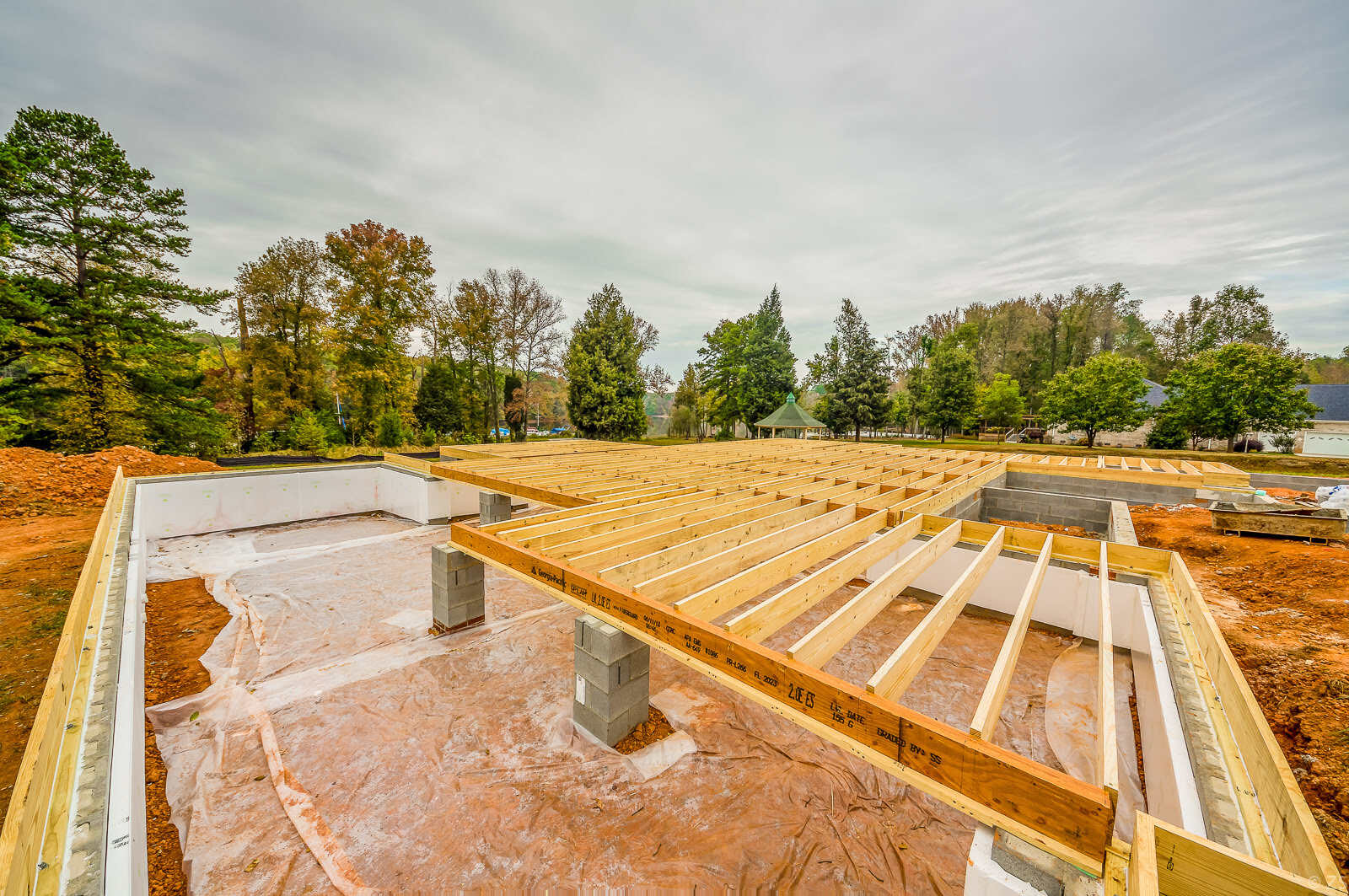
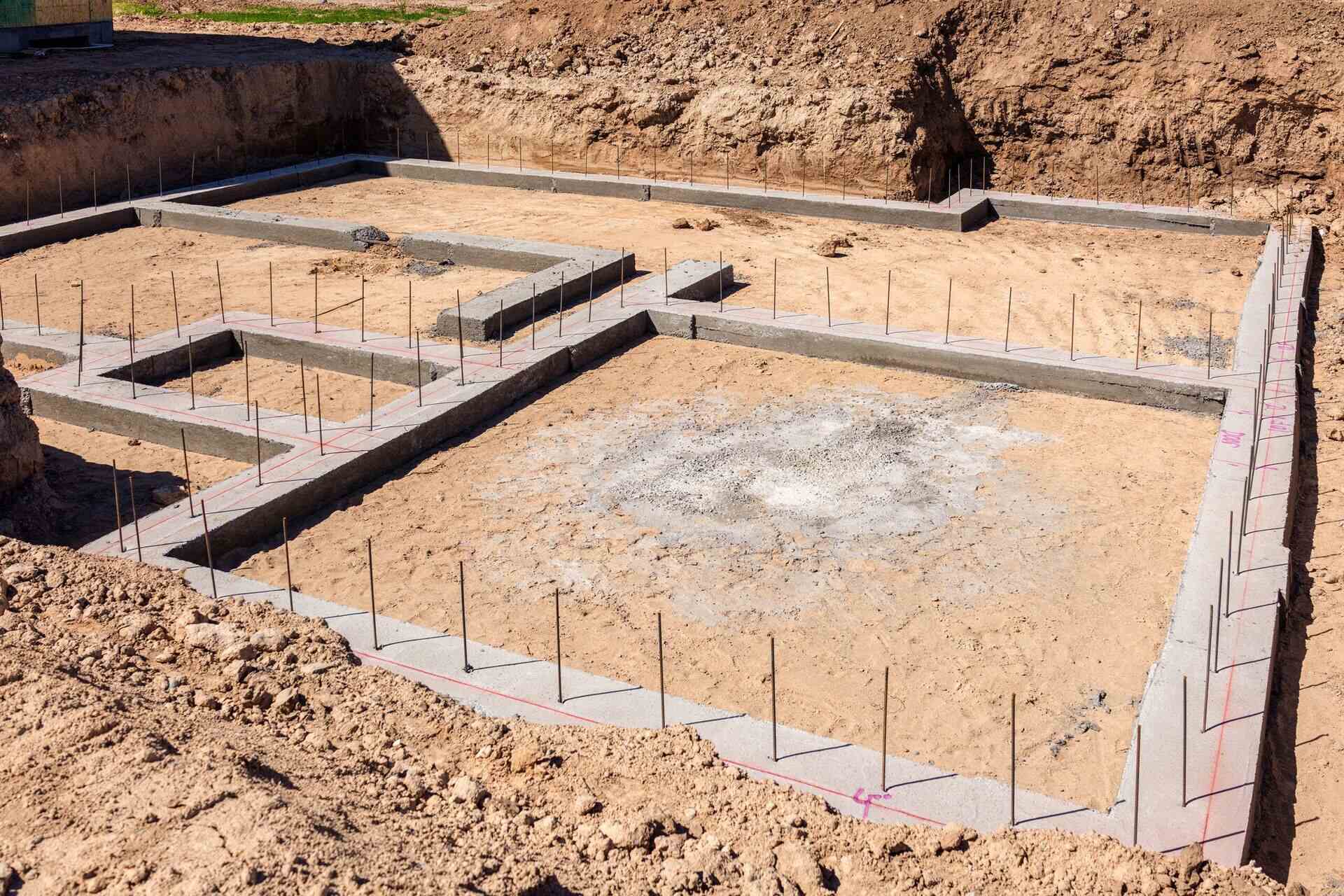
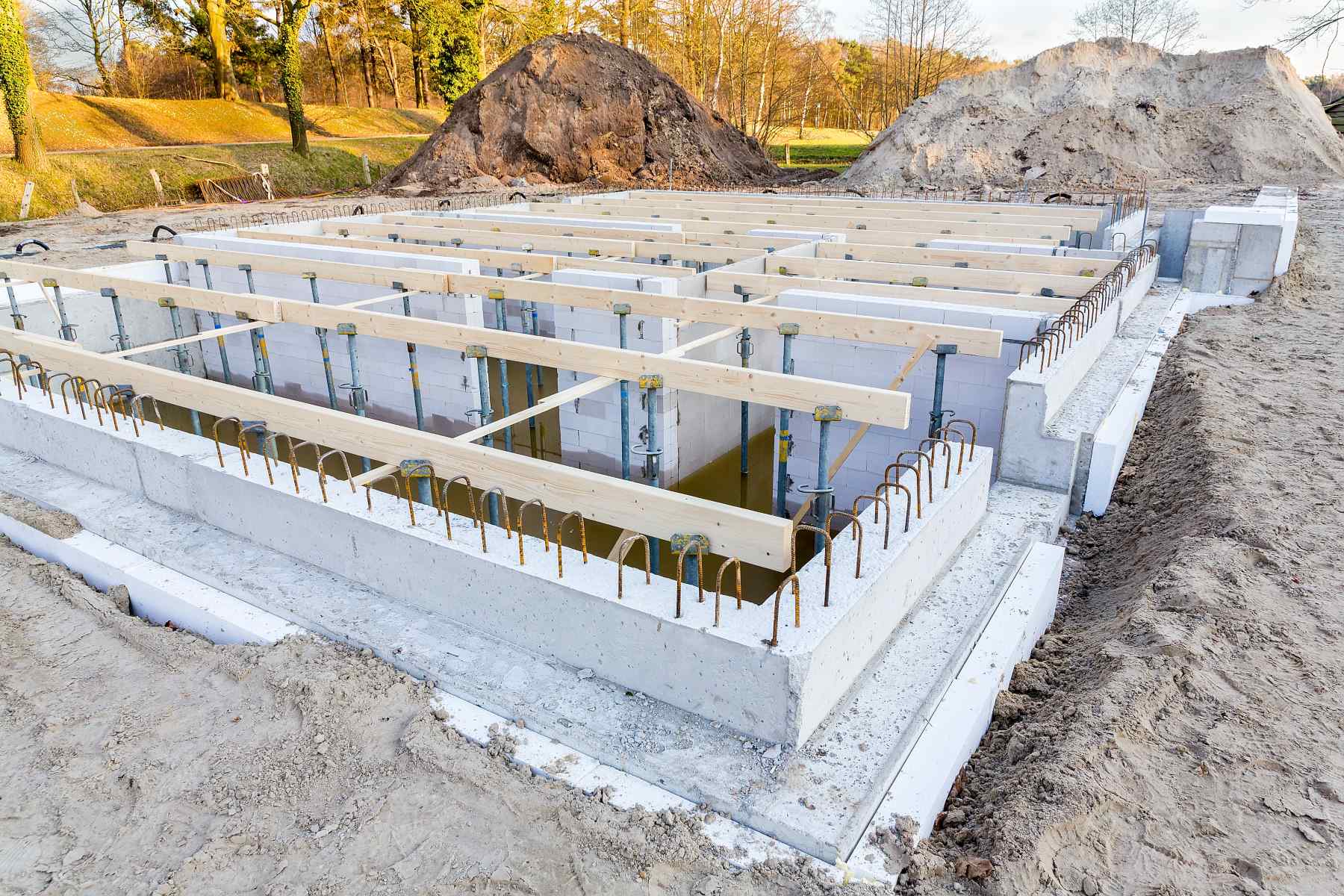
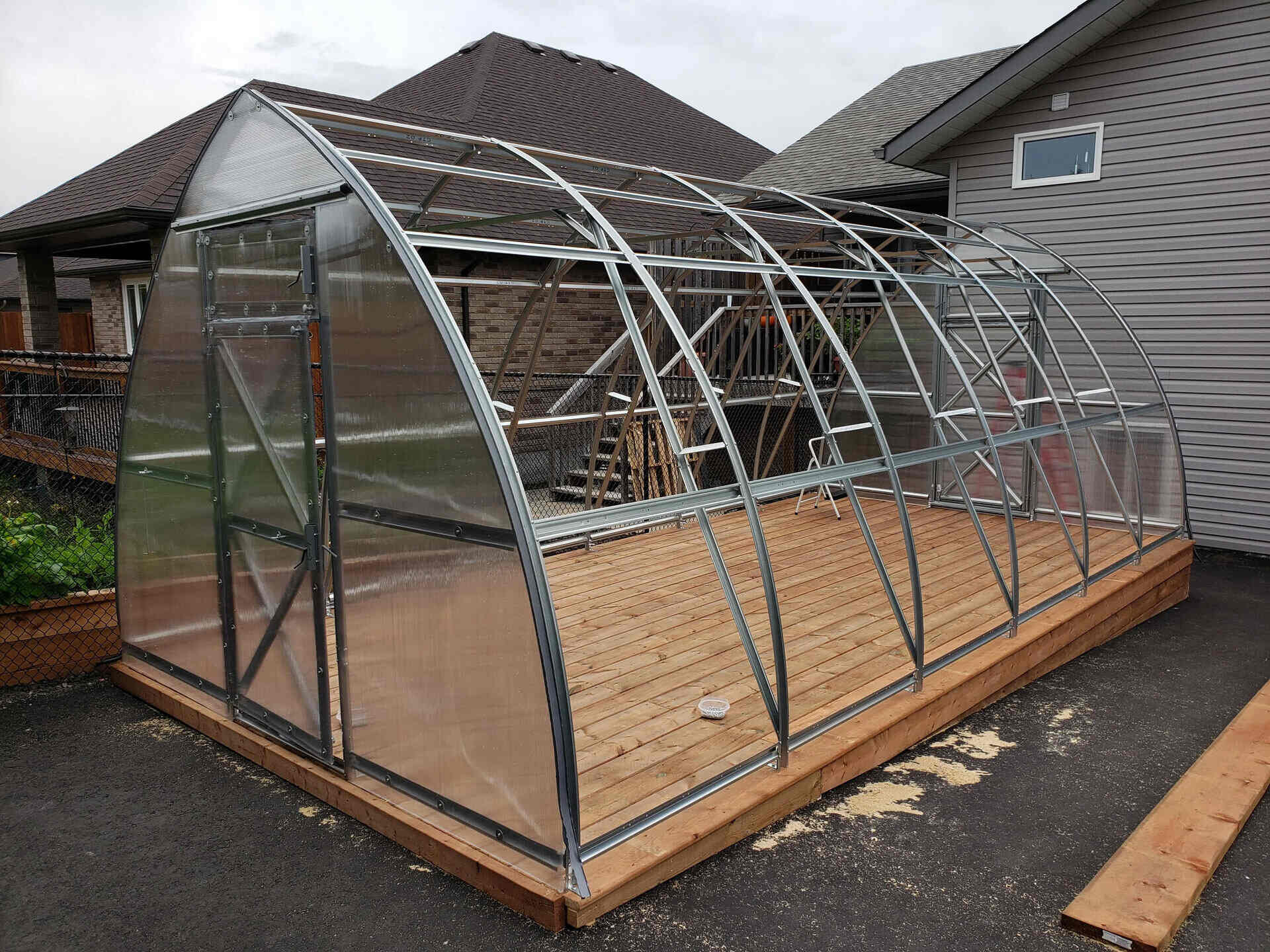

0 thoughts on “How To Build Up Soil Around House Foundation”